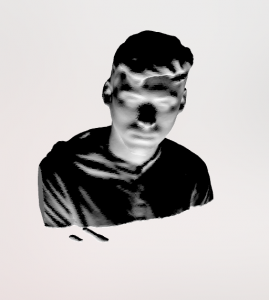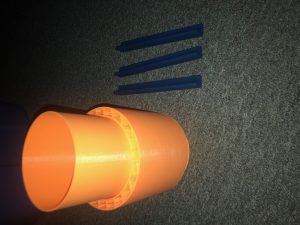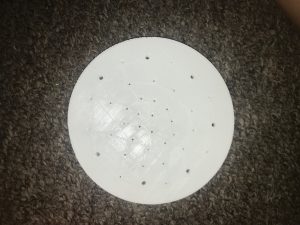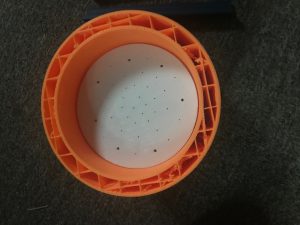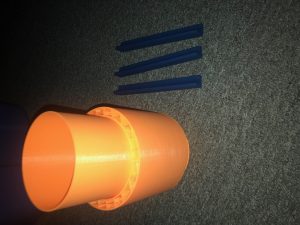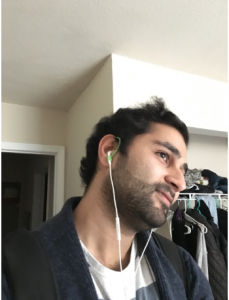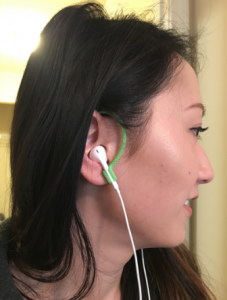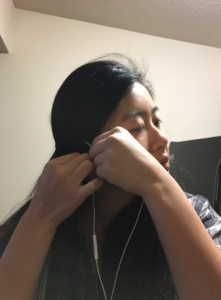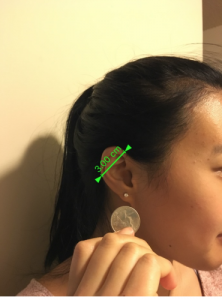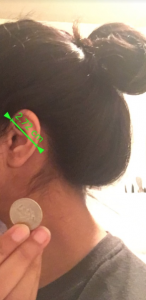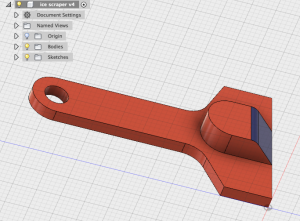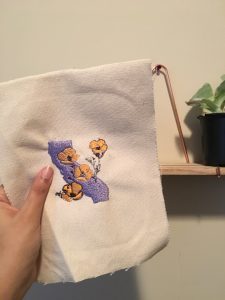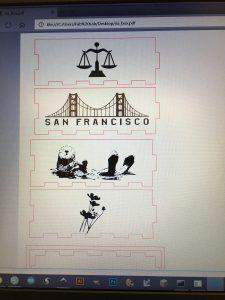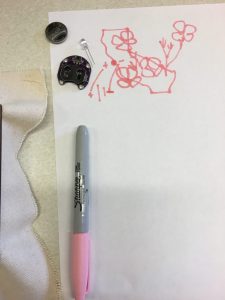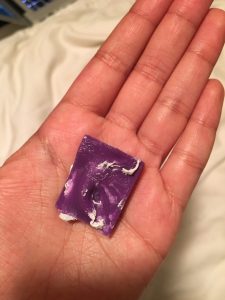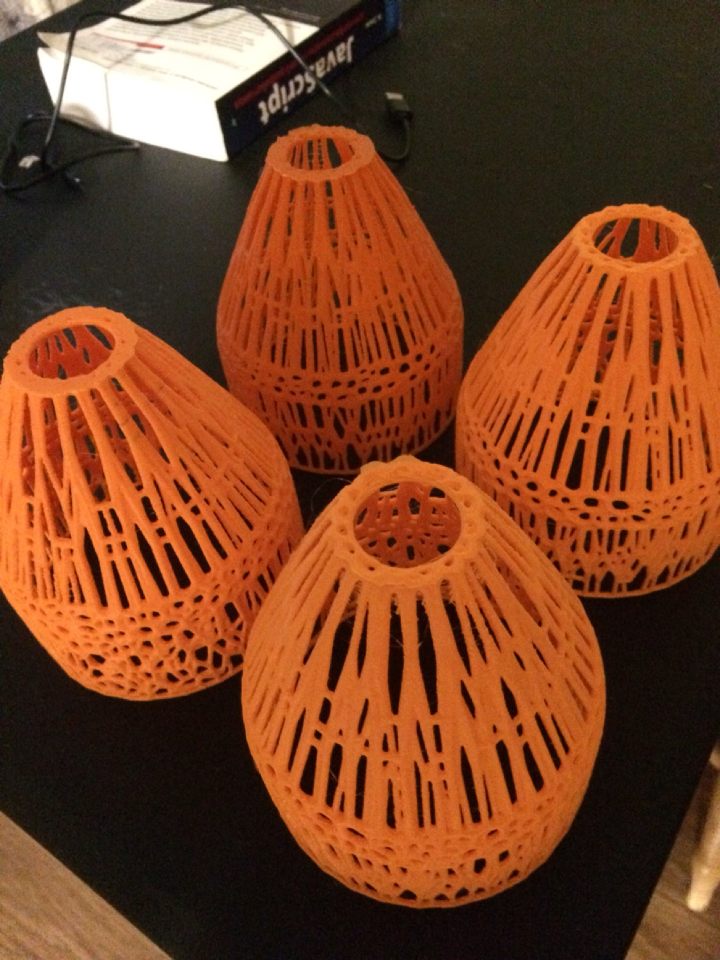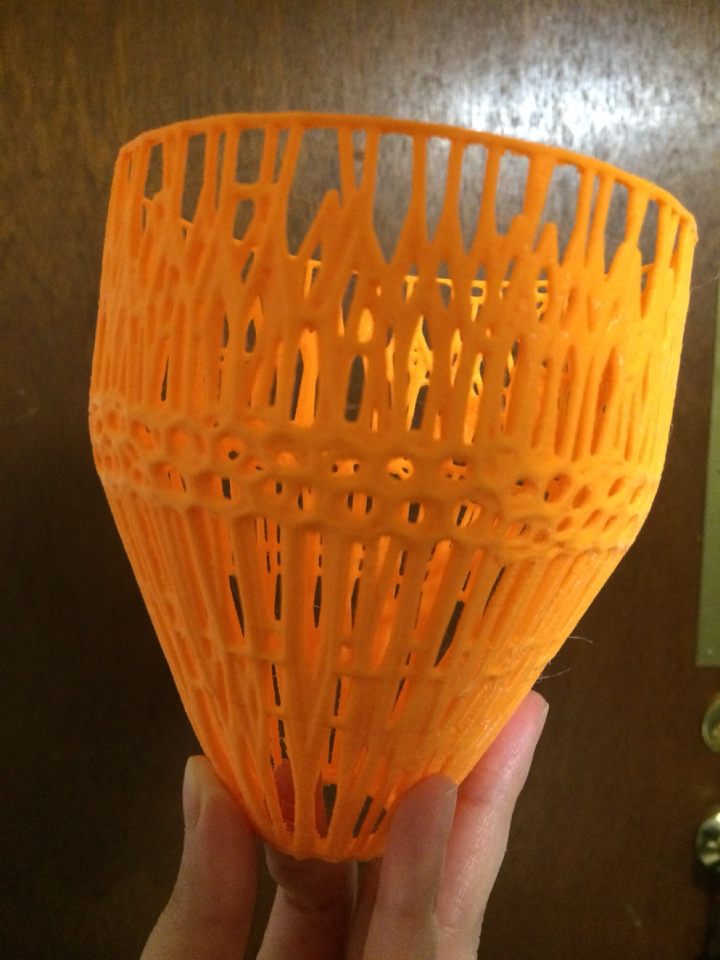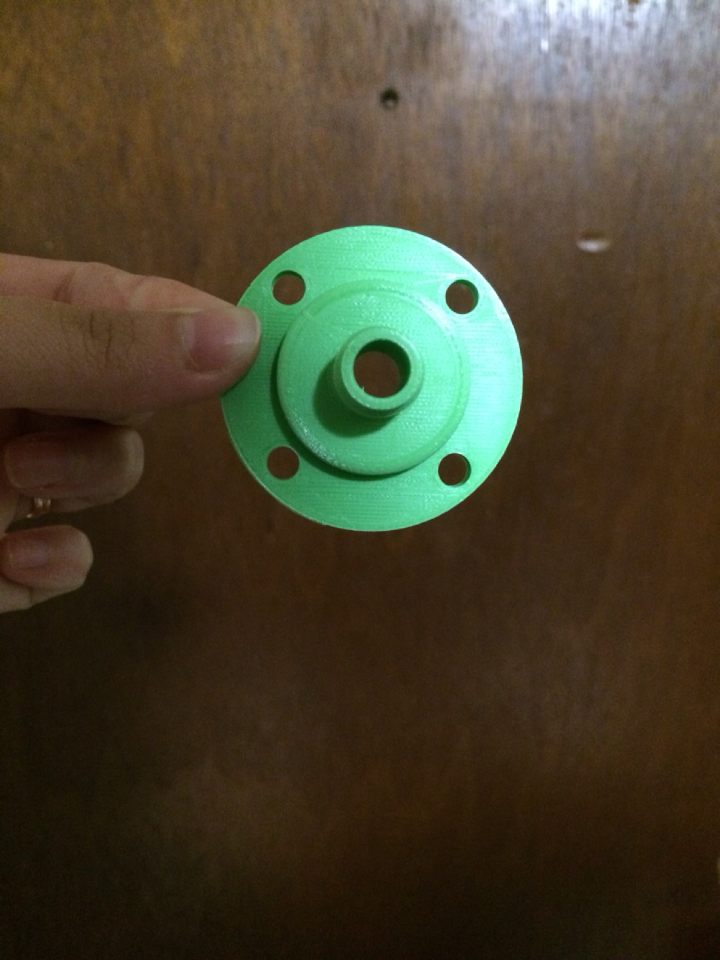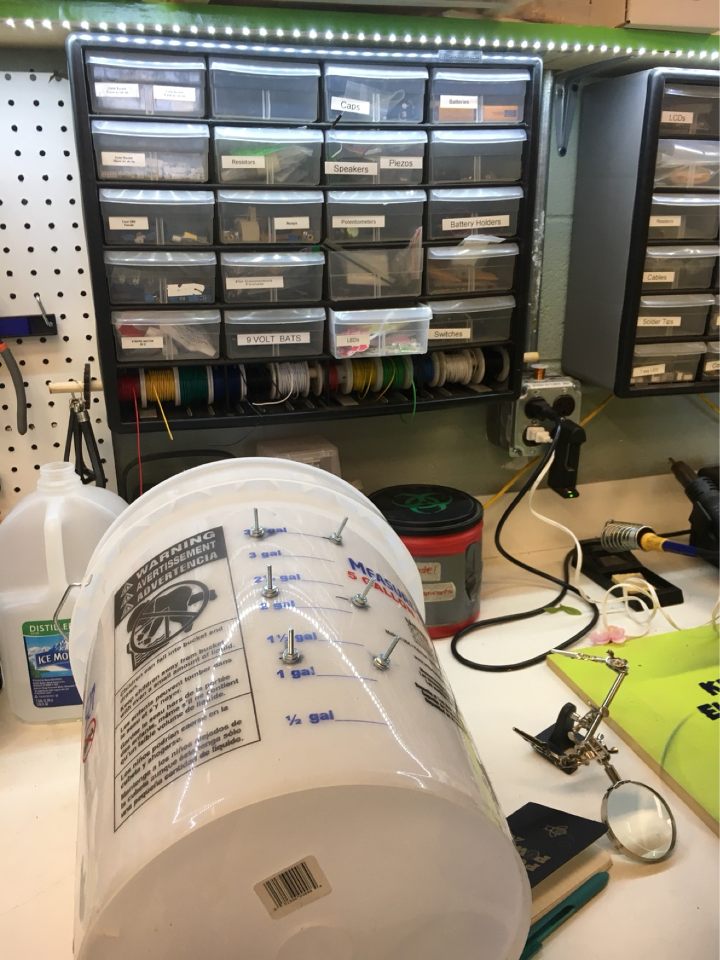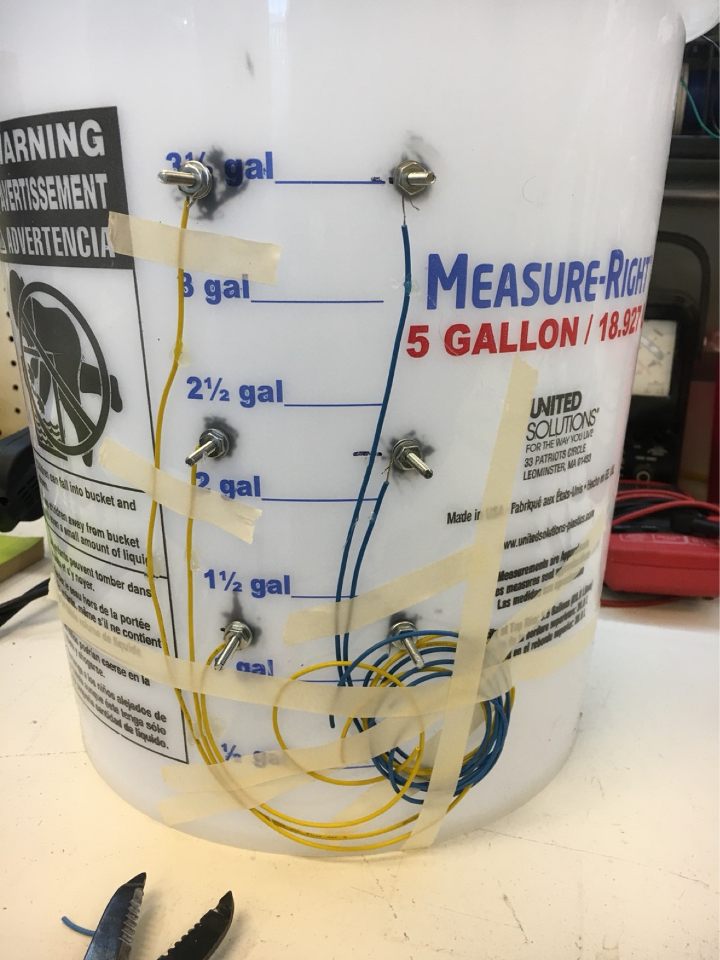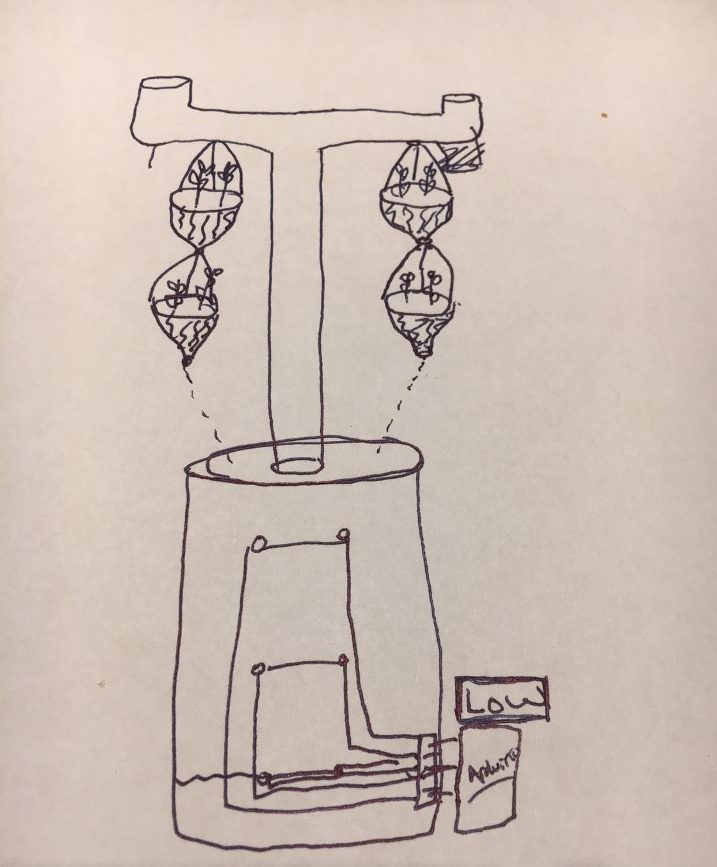The use of printing as a tool has gone through dramatic changes over the centuries. From the printing press to the home printer, it has gotten objectively easier for 3D objects to be read across all kinds of platforms. However, with the advent of 3D printing becoming a pipe dream during the 1980’s and now a legitimate form of printing during the 21st century, so too have the ways students obtain access to these tools to further the development of 3D printing.
Many high schools have begun to incorporate engineering into their school curriculum, offering those the opportunity to engage in the field of engineering as a potential career path. Now that 3D printing has become more readily available, so too has the use of the 3D printer in the curriculum of high schools, not just engineering. 3D printing has offered a variety of uses for not only high school students but also K-8 students as well. In an article published by EdTech Magazine, designed to report on news about K-12 across the nation, many teachers interviewed were praising the use of 3D printing as a learning device.
For example, although it is an expensive way to keep up a learning opportunity, Campbell-Tintah Public School District Teacher Richard Osman found a way to incorporate this expensive technology for his school. “Osman incorporates trips to local plants and engineering offices into his classes. The goal: to show students how 3D printing is used in industry. After the tours, students devise 3D printing projects that mimic what they’ve seen. Campbell-Tintah PSD serves 160 pre-kindergarten through 12th-grade students, all in a single school building. The high school students get first crack at the 3D printer. Once they are proficient with the technology, they show the sixth-grade students how to use it,” (Peterson, EdTech Magazine).
My sister, who currently attends Benet Academy in Lisle, IL, says that although she knows a fair amount about the use of 3D printing, she doesn’t know about many practical applications for it in education below the college level. Benet has not begun to incorporate 3D printing into the school’s curriculum, unlike other local high schools like New Trier Township High School in Winnetka, IL. She said, “I’m not sure of many other practical uses of 3D printing currently or how often they are used though. My school doesn’t offer any 3D printing opportunities and haven’t announced any plans to incorporate it into the learning environment.”
Illinois high schools across the state have begun to incorporate 3D printing in their curriculum’s. One way that 3D printing has been incorporated is through the use of STEAM projects encouraging students to think about entering the engineering field in the future. Specifically, these programs target female students as the representation of women in the field continues to grow. One example of this is the “GOT STEAM” program at Glenbrook South High School in Glenview, IL. “A group of girls from Glenbrook South High School in Glenview, IL took it upon themselves to show their younger counterparts—from fifth to eighth grades—just how much fun STEAM can be, creating a mentorship program called Got STEAM. The girls offer workshops once a month, featuring subjects such as 3D printing, robotics, and coding. The sessions are held either at their high school or the Glenview Public Library. Kate Stack is a high school sophomore and acts as a program leader in the new mentorship program, which began during this school year. She states that the program is open to all, with boys welcomed—although the program has primarily targeted membership by girls,” (O’Neal, 3Dprint.com).
Many schools in Illinois have begun to acquire access to 3D printing technology through the use of educational grants and other means. Equipment for 3D printing can be expensive, however as the technology becomes more readily available, the price for the equipment and materials have begun to be more cost-efficient. “Those units can cost around $2,000 each, with metal, plastic, wax and other materials costing 30 cents per gram. Top-of-the-line models cost $7,000 or more with materials at 30 cents per gram,” (Poremba, District Administration). While that might seem like a high cost still, federal and state grants have made the burden of buying expensive equipment and materials a little easier.
3D printing was once thought to be a fad. Now, as 3D printing becomes commonly used to build auto parts and even human body parts, so too does the incorporation in the school. If trends in education continue to go the way they are now, many K-12 schools will begin to use 3D printing for not only engineering curriculums but also math and science, giving the world a whole new generation of engineers, mathematicians, and scientists.
Works Cited
O’Neal, Bridget Butler. “Illinois: High School Girls Mentoring Younger Counterparts in STEAM Technology & 3D Printing.” 3DPrint.Com | The Voice of 3D Printing / Additive Manufacturing, 6 Jan. 2018, 3dprint.com/199443/girls-mentoring-younger-steam/.
Peterson, Tommy. “3D Printers Add a New Dimension to Classrooms.” EdTech, 13 Jan. 2015, edtechmagazine.com/k12/article/2015/01/3d-printers-add-new-dimension-classrooms.
Poremba, Sue. “Finding Purpose for 3D Printers in Schools.” District Administration Magazine, 25 Aug. 2015, www.districtadministration.com/article/finding-purpose-3d-printers-schools.

